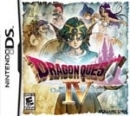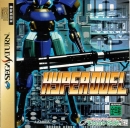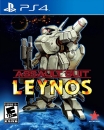The Apple Pippin comes to mind. Apple seriously wants all memory of this flop dead and buried.
The FM Towns Marty, basically an Xbox 0 as it used an Intel 386SX CPU and an enhanced VGA GPU.
The Commodore Amiga CD32, basically an Amiga 1200 with an integrated CD-ROM drive and cartridge slot but no keyboard. It's the successor of...
The CDTV (Short for Commodore Dynamic Total Vision), a CD player/console that looks like a VCR and was based on the Amiga 500 and could be enhanced with a Floppy drive, Keyboard and Mouse to get all the functionality of an Amiga 500 for just twice the price.
The 3DO (for 3-Dimensional Optics), the first console with an ARM CPU and CD-ROM as main media format.
The WonderMega (X'Eye in the US), a redesign of the Sega CD as a standalone console with high-quality audio and could also be used for Karaoke.
The Casio PV-1000, predecessor of the Loopy mentioned above and notable to only have lasted mere weeks before being pulled from the market.
The Commodore 64GS, a C64 as a console without keyboard for the same price as the computer.































































